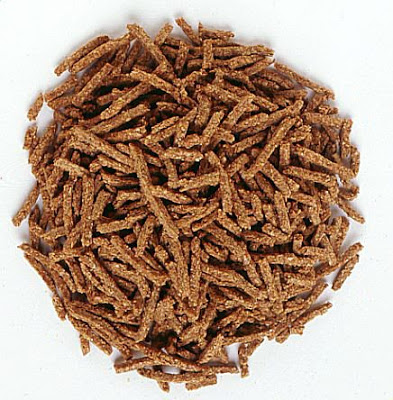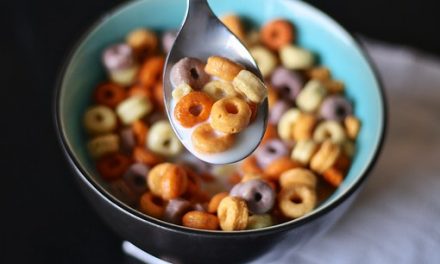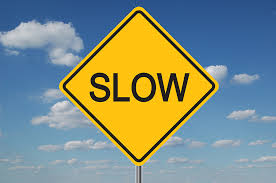With all the attention we need to pay to choosing foods that are low in calories, low in saturated fat, portion controlled, and high in vitamins and minerals, do we really need to care about fibre content as well?
Yep – fibre is the indigestible portion of plant food in your diet, and it is crucial to maintaining good health. There are two different types of fibre:
Soluble fibre is simply fibre that dissolves in water. It is not digestable, but it is fermented by bacteria as it passes through the intestine. Examples of soluble fiber sources include oats, rye, many types of beans, broccoli, and psyllium.
Insoluble fibre does not dissolve in water, and passes through the intestine unchanged. Examples include whole grains, wheat bran, flax seed, cauliflower, and green beans. Some types of fruits and veg contain both soluble and insoluble fiber.
The benefits of fibre are many:
Eating fibre decreases your risk of heart disease by as much as 50%! Soluble fibre helps to control your total cholesterol and your ‘bad’ cholesterol (LDL) levels. It also slows the absorption of carbohydrates from your intestine into your bloodstream, which helps to maintain your blood sugar at a more constant level.
Insoluble fibre decreases the transit time of food through the digestive system, reducing constipation. The speedier transit of food through your intestine also reduces the time that toxic waste products are in your system, thereby decreasing the risk of these toxins inducing colon cancer.
As if that wasn’t enough – fiber also helps to keep weight under control! High fiber food leaves you feeling full on less food, and for longer. It shows in the comparison of different populations around the world – people living in countries with high fiber intake tend to weigh less than those living in countries where fiber intake is low. Take Denmark as an example, where I am currently on research sabbatical. Denmark’s traditional diet is quite high in fibre, with whole grains such as rye bread being a daily staple in most homes. The truth is in the numbers: the rate of obesity in Denmark is less than half of what it is in Canada!
Health Canada recommends 25 grams of dietary fiber per day, but most of us get less than half of that. One of the best ways to improve your fiber intake is to eat a high fibre cereal such as All Bran or Fibre1; I suggest aiming for 10-12 grams of fibre intake from these breakfast cereals each day (about half of your dietary requirement). This can be accomplished by eating 1/2 cup of All Bran, 1/3 cup of All Bran Buds, or 1 cup of Fibre 1.
If you don’t like those cereals, try adding some Benafibre into your diet (2 tsp twice a day), with the same goals in mind.
Eat whole grain products rather than white. Eat lots of vegetables! And rather than drinking juice, eat the fruit instead.
Dr. Sue © 2009 drsuetalks@gmail.com












